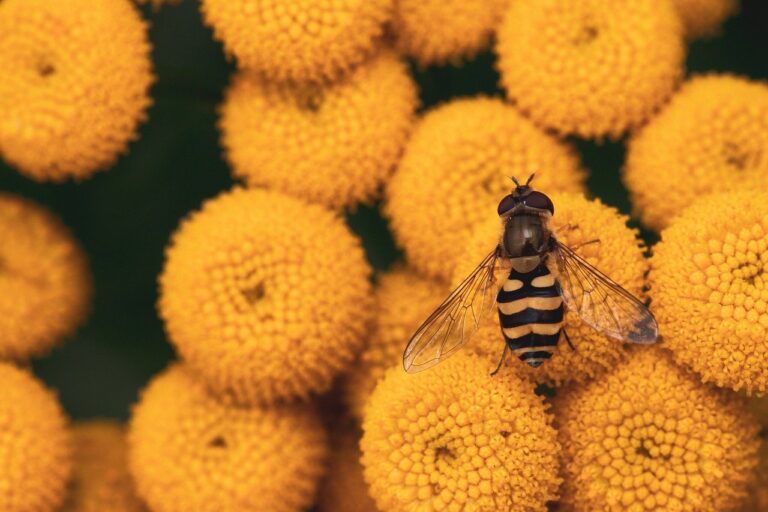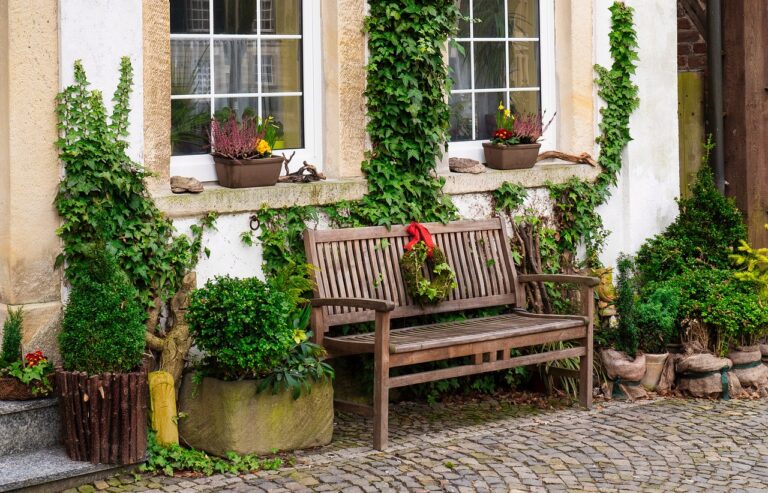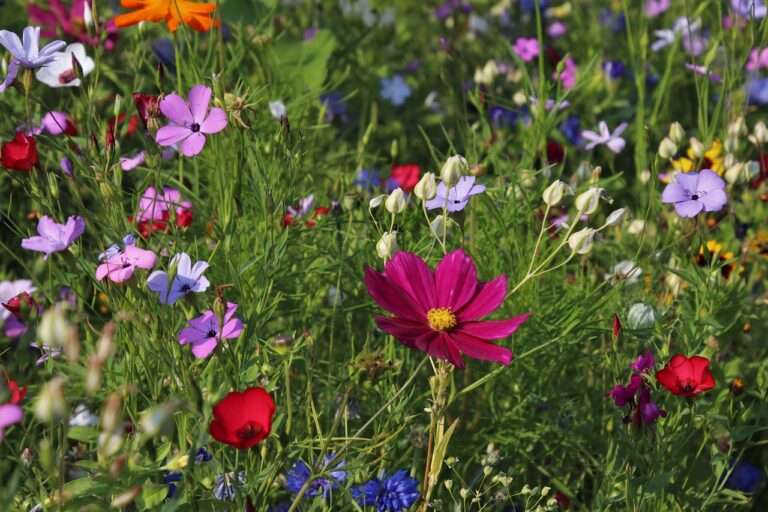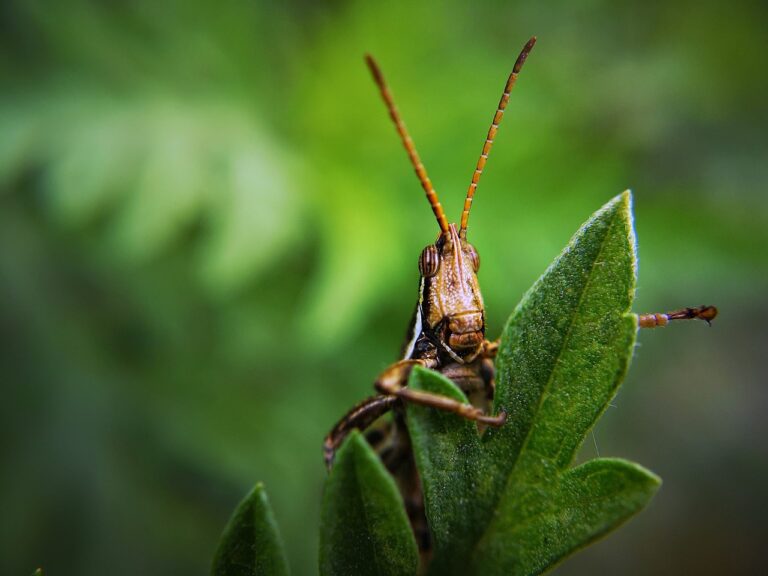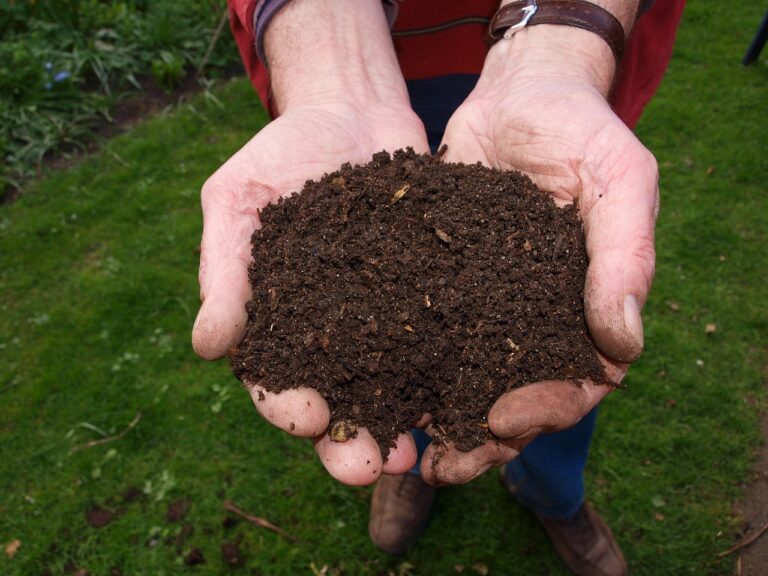Tips for Creating a Sustainable Garden: Nurturing Nature and Preserving Resources
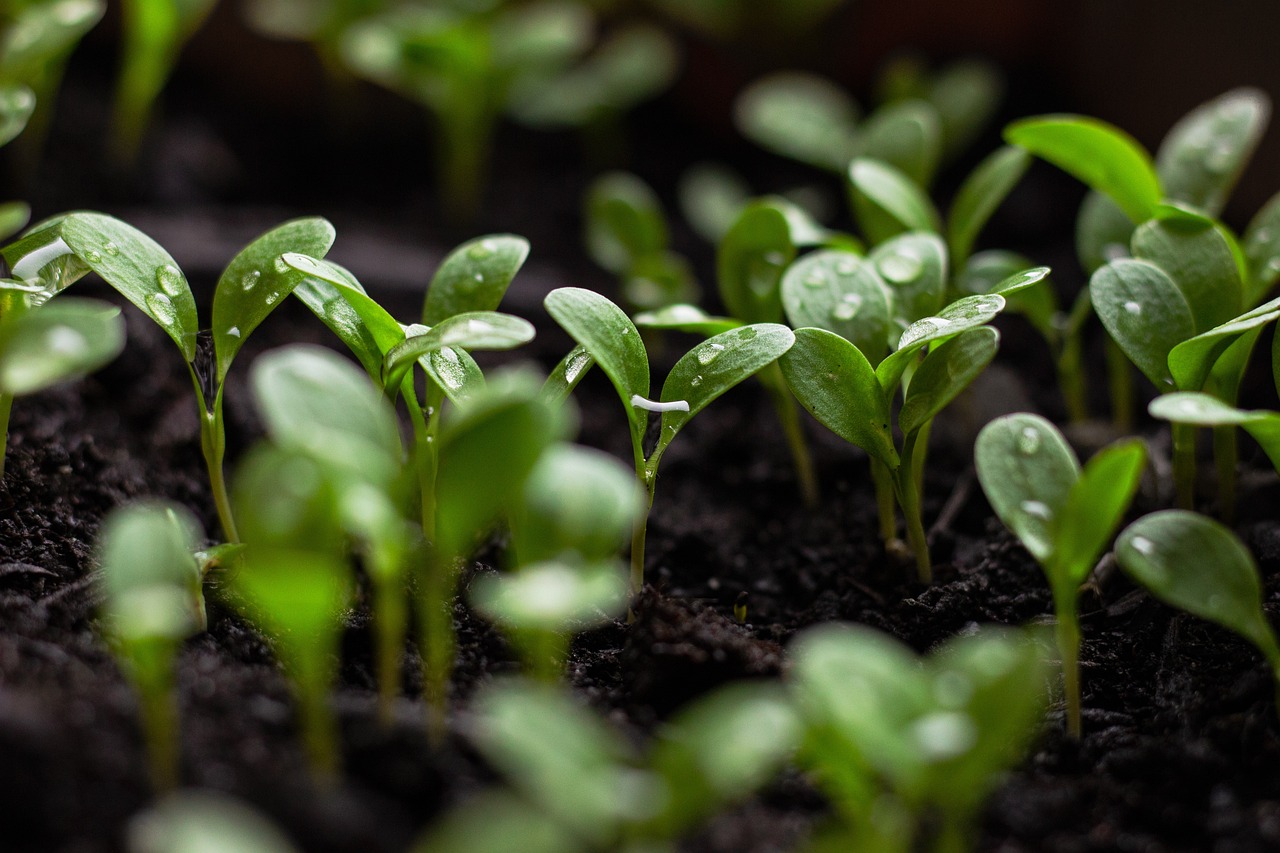
Creating a sustainable garden is an excellent way to reduce your environmental footprint while cultivating a beautiful and productive outdoor space. Sustainable gardening practices focus on conserving resources, promoting biodiversity, and working in harmony with the natural ecosystem. Here are five essential tips to help you create a sustainable garden:
1. Conserve Water and Use Efficient Irrigation
Water conservation is a key component of sustainable gardening. Implementing efficient irrigation methods and smart water management practices can help reduce water use while keeping your plants healthy.
- Drip Irrigation and Soaker Hoses: Use drip irrigation systems or soaker hoses to deliver water directly to the plant roots, minimizing evaporation and runoff. This method ensures that water is efficiently used where it’s needed most.
- Rainwater Harvesting: Install rain barrels or other rainwater harvesting systems to collect and store rainwater for future use. Using collected rainwater for your garden reduces reliance on municipal water and conserves natural resources.
- Mulching: Apply a layer of organic mulch, such as straw, wood chips, or shredded leaves, around your plants. Mulch helps retain soil moisture, reduce evaporation, and suppress weeds, all of which contribute to water conservation.
2. Enrich the Soil Naturally
Healthy soil is the foundation of a sustainable garden. Focus on building and maintaining soil fertility through natural methods that enhance soil structure and biodiversity.
- Composting: Create a compost pile or bin to recycle kitchen scraps, yard waste, and other organic materials into nutrient-rich compost. Adding compost to your garden soil improves its structure, moisture retention, and nutrient content.
- Cover Crops and Green Manure: Plant cover crops or green manure, such as clover or legumes, during the off-season. These plants help prevent soil erosion, suppress weeds, and add organic matter to the soil when they are turned under.
- Crop Rotation: Practice crop rotation by planting different types of crops in the same area each season. This helps prevent soil depletion and reduces the risk of pest and disease buildup.
3. Choose Native and Drought-Tolerant Plants
Selecting the right plants for your garden is crucial for sustainability. Native plants and drought-tolerant species are well-adapted to local conditions and require less water, fertilizer, and maintenance.
- Native Plants: Choose native plants that are naturally suited to your region’s climate, soil, and wildlife. Native plants provide essential habitat and food sources for local pollinators and other wildlife.
- Drought-Tolerant Plants: Incorporate drought-tolerant plants into your garden to reduce water use and ensure resilience during dry periods. Examples include succulents, ornamental grasses, and Mediterranean herbs such as lavender and rosemary.
4. Promote Biodiversity and Wildlife
A sustainable garden supports a diverse range of plant and animal life, creating a balanced and resilient ecosystem.
- Plant Diversity: Include a variety of plant species in your garden to create a rich tapestry of colors, textures, and heights. Diversity helps attract beneficial insects, birds, and other wildlife while minimizing pest problems.
- Pollinator-Friendly Plants: Plant flowers that provide nectar and pollen for bees, butterflies, and other pollinators. Examples include coneflowers, milkweed, and sunflowers.
- Wildlife Habitats: Create habitats for beneficial wildlife by incorporating features such as birdhouses, bat boxes, and shallow water sources. Provide shelter through dense plantings, shrubs, and ground cover.
5. Practice Organic Pest Management
Sustainable pest management focuses on natural and non-toxic methods to control pests and diseases without harming the environment or beneficial organisms.
- Integrated Pest Management (IPM): Implement IPM strategies that combine cultural, biological, and mechanical controls. Monitor your garden regularly for pest problems and select the least harmful control methods.
- Beneficial Insects: Encourage beneficial insects, such as ladybugs, lacewings, and predatory wasps, that naturally control pest populations. Planting flowers like marigolds and alyssum can attract these helpful insects to your garden.
- Physical Barriers: Use physical barriers such as row covers, netting, or garden fabric to protect plants from pests. Hand-pick larger pests like caterpillars or beetles when you spot them.
In conclusion, creating a sustainable garden involves conserving water, enriching the soil naturally, choosing native and drought-tolerant plants, promoting biodiversity and wildlife, and practicing organic pest management. By adopting these practices, you can cultivate a thriving garden that supports the environment, conserves resources, and nurtures nature in a sustainable way. Happy sustainable gardening!

